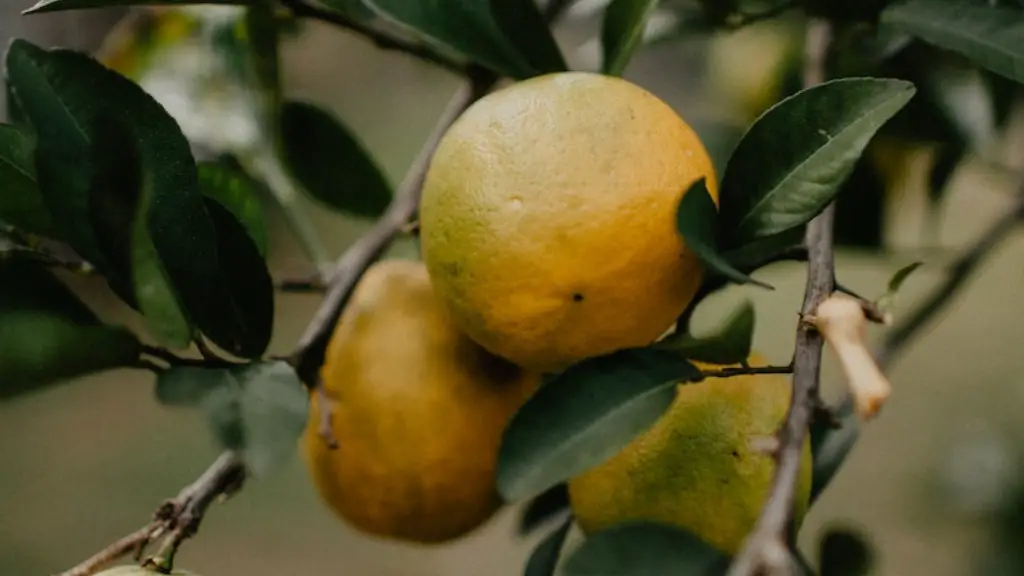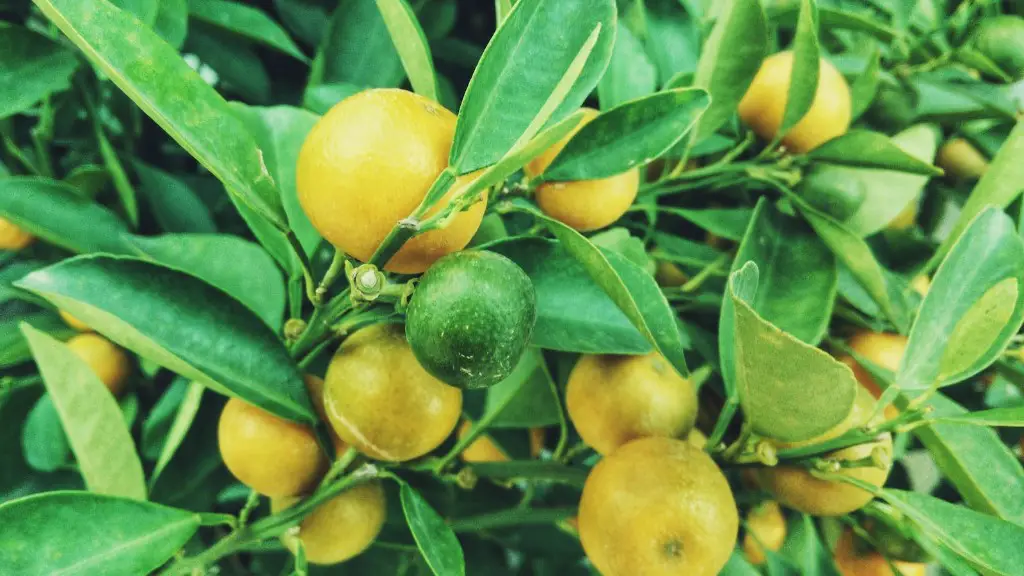Coconut is a fruit that grows on the coconut palm tree. The scientific name for the coconut palm is Cocos nucifera. Coconut palms are grown in tropical climates and can reach up to 30 meters in height. The fruit of the coconut palm is known as a coconut. Coconuts are typically oval or spherical in shape and have a thick fibrous husk. The flesh of the coconut is white and the water inside the coconut is clear. The flavor of the coconut is mildly sweet.
The coconut is classified as a drupe, not a nut. A drupe is a fruit with a hard stony covering enclosing the seed (like a peach, cherry, or olive) and comes from a flowering plant. The coconut tree is not a true nut tree as it produces a drupe and not a nut.
Is coconut classed as a nut allergy?
If you are allergic to nuts, you should talk to your doctor about what foods to avoid. Even though coconut is not a nut, some people who are allergic to tree nuts (like almonds, cashews, and walnuts) are also allergic to coconut. But others are not. So talk to your doctor to see if coconut is OK for you.
Coconut is not a botanical nut; it is classified as a fruit, even though the Food and Drug Administration recognizes coconut as a tree nut. While allergic reactions to coconut have been documented, most people who are allergic to tree nuts can safely eat coconut.
Why is coconut a fruit and not a nut
A coconut is a fruit that is botanically classified as a drupe. A drupe is a type of fruit that has a hard, stony covering enclosing the seed. The seed of a coconut is the reproductive unit of the plant. The seed has two main parts: the embryo root (hypocotyl) and the embryo leaves (epicotyl).
A coconut is a fruit that falls under the drupe category. This means that it has an inner flesh and seed surrounded by a hard shell. Other fruits that fall under this category include peaches, pears, walnuts, and almonds.
Does the FDA say coconut is a tree nut?
The FDA recognizes coconut as a tree nut, which means that it is an allergen that must be declared. This can be confusing for some, as coconuts are not typically considered to be nuts and there are few instances of people being allergic to both true tree nuts and coconuts.
If you have a nut allergy, you may want to avoid avocados as they contain similar proteins to chestnuts. However, if you’re only allergic to tree nuts and not fruits, you should be able to eat avocados without any problems.
How common is coconut allergy?
Coconut allergy is relatively rare. The presence of the letters “nut” does not mean that coconut will trigger an allergic reaction in people allergic to peanut or tree nuts. Allergies to peanut and tree nuts are relatively common compared to allergies to coconut which are very rare.
If you have an allergy to one tree nut, it doesn’t necessarily mean you’re allergic to all tree nuts. However, some tree nuts are closely related, so it’s important to be aware of this if you have an allergy. For example, cashews are closely related to pistachios, and pecans are closely related to walnuts.
Is coconut a healthy nut
Coconut is a good source of healthy fat, as well as protein and fiber. It also contains essential minerals such as iron and manganese.
It is important to be aware of the different harvesting techniques used for coconuts, as some of them involve cruelty to monkeys. This has been widely criticised by organisations such as PETA, and many local supermarkets have stopped selling coconuts sourced in this way. If you are vegan or lactose-intolerant, coconuts are a great alternative fruit/drupe to eat, but make sure to check the source of your coconuts to ensure they are ethically sourced.
Does coconut need to be declared as an allergen?
If you have a coconut allergy, you’ll need to be extra careful when reading labels on food products. Coconut does not appear on the list of major food allergens that must, by law, always be labelled on food packages. This means that manufacturers are not required to list coconut as an ingredient on their product labels. If you’re unsure about whether a product contains coconut, contact the manufacturer to ask.
The ‘coconut embryo’ is basically a soft, spongy formation that is found inside mature coconuts. When the coconut is ready to sprout leaves, this formation takes place on the inside. The ’embryo’ is actually a cotyledon and it is generally eaten raw.
Why do coconuts have 3 holes
The three “holes” that are found on the coconut are actually the result of the 3 carpels that are found in coconut flowers. Three carpels is typical of the family Arecaceae (Palms). The “holes” are actually germination pores, with one being functional and the other two being plugged. The new coconut shoot will emerge from the functional, open, germination pore.
A banana is a fruit, not a nut. It is classified as a berry.
What food group is coconut in?
Coconut is a member of the Nut and Seed Products USDA nutritional food group.
Coconut oil is safe for those with tree nut allergies because it does not contain any tree nuts. However, if you are allergic to coconut, then you should avoid coconut oil.
What nut family is coconut in
The United States Federal Food and Drug Administration (FDA) consider coconuts to be a tree nut. The federal Food Allergen Labeling and Consumer Protection Act (FALCPA) requires that all packaged food products sold in the US that contain tree nuts as an ingredient must list it on the label.
If you have a tree nut allergy, you should avoid consuming products that contain coconuts. If you are unsure if a product contains coconuts, you should check the ingredient list to see if it is listed as an allergen.
Cocoa is not a nut, but is the fruit of the cacao tree. Chocolate is made from the seeds of this fruit. Coconut, while classified as a tree nut by the FDA, is not a true nut, but rather a drupe (a specific type of fruit). Pure maple syrup is derived from the sap of the maple tree.
Warp Up
Coconut is a tree nut.
There are many different types of coconuts, but they all belong to the palm family. Coconuts are considered both a fruit and a tree nut. The main difference between coconuts and other fruits is that coconuts have a very hard outer shell. The bottom part of the coconut is where the tree nut grows. The tree nut is surrounded by a thin layer of flesh. The flesh of the coconut is what we eat. Coconuts are a very versatile food. They can be used in sweet or savory dishes.




